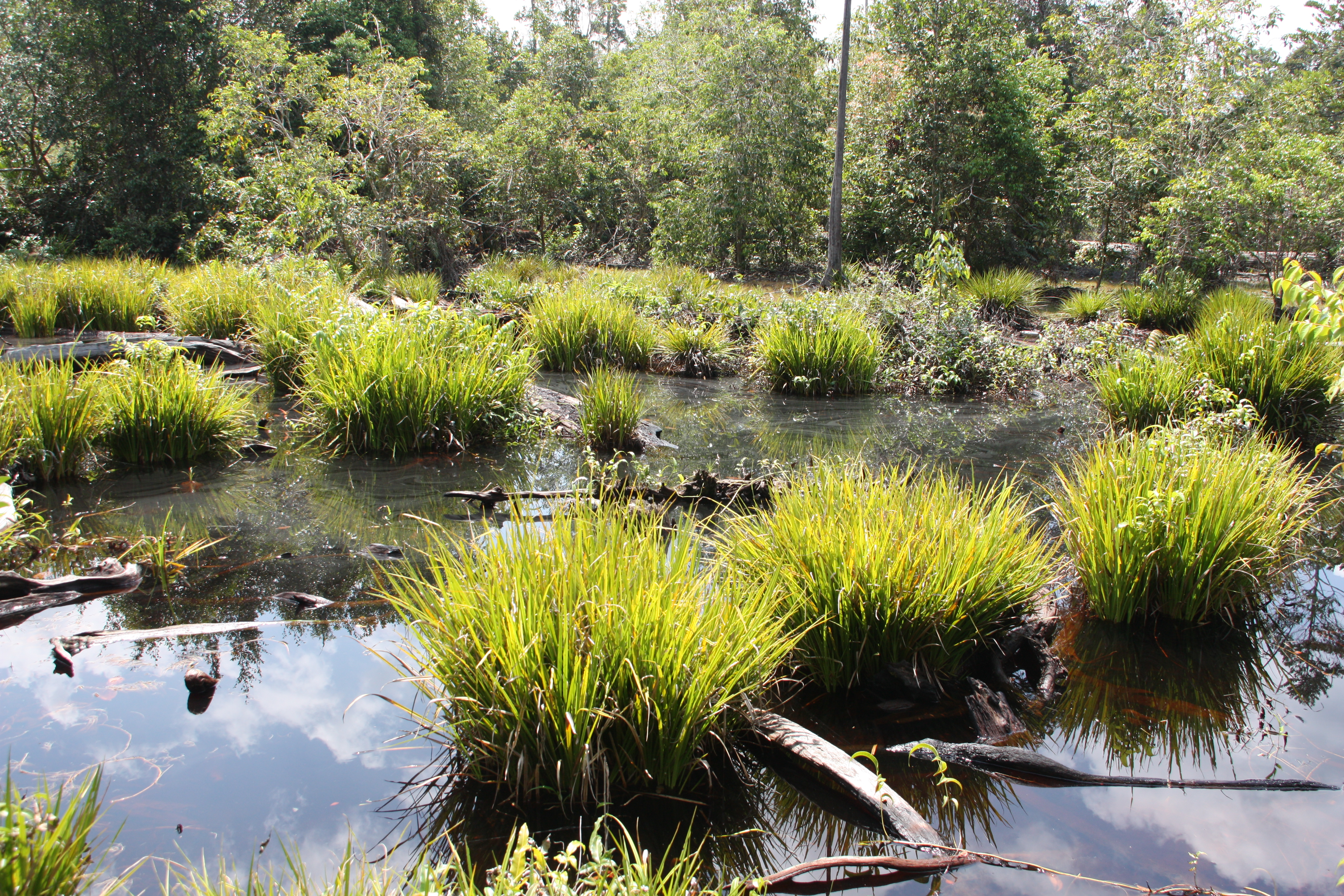
Rivers and lakes
-
Rivers and lakes
Wetlands in upland and mountainous areas have an important role in regulating river flows. Peatlands, glacial lakes, marshes and grasslands in river headwaters enhance both the quantity and quality of water downstream. They face an array of threats, including the rapid melting of glaciers due to climate change, overgrazing of livestock, water diversions for agriculture and hydropower, and increased pollution.
High altitude wetlands typically store and release large volumes of water in response to rainfall and snowmelt. They protect and purify water supplies by feeding aquifers, trapping sediments and filtering nutrients. Their ability to promote vegetation growth lessens soil erosion and buffers water flow, providing a steady downstream flow while reducing the severity of disasters such as landslides, floods and droughts.
Often water towers have unique biodiversity and cultural values. They are important staging areas for migratory birds and breeding grounds for birds, fish and amphibians.
Around the world, climate change is leading to the increased occurrence of heavy rainfall events and prolonged periods of drought. The loss and degradation of mountain wetlands threatens nature and drinking water supplies, and puts downstream cities and rural communities at risk from catastrophic floods and droughts, resulting in deaths and billions of euros in damages.
We aim to conserve and restore high value upland and mountain wetland environments that play a significant role in downstream water security.
